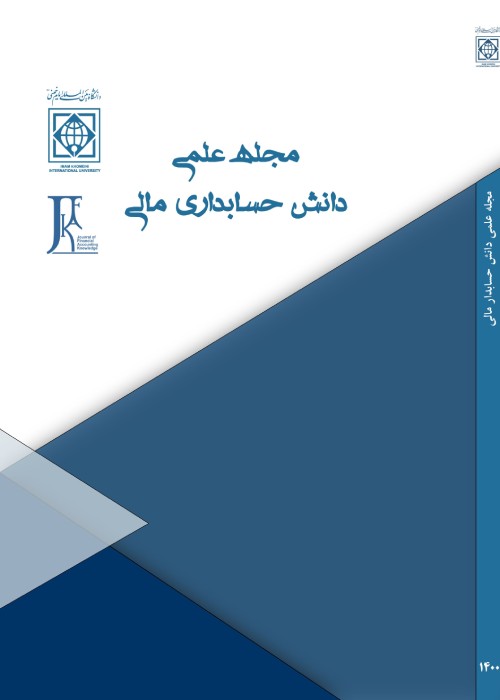Asset Revaluation and Earnings Management
Despite the importance of the issue of asset revaluation by listed firms in Tehran Stock Exchange (TSE) in recent years, there is little empirical evidence regarding its drivers and consequences. Hence, the purpose of this study is to investigate the impact of asset revaluation on earnings management.
To examine this issue, 1147 firm - year observations from 2007 to 2017 were tested using multiple regression models. Furthermore, to measure earnings management, three common models with high detection power have been used.
The findings illustrated that there is a direct relationship between asset revaluation and earnings management. The research findings also show that the relationship between earnings management and asset revaluation is stronger when revaluation is using non-depreciable assets.
In line with the hypothesis of opportunistic behavior, managers are more likely to have the necessary incentives to engage in up-ward earnings management due to the unintended consequences of assets’ revaluation on operating profit and decrease in earnings per share due to capital increase from revaluation surplus. Following asset revaluation, just because of changes in accounting numbers (without changes in assets’ economic value), the materiality calculated by auditor increases. Thus, by disrupting in calculation of the materiality, earnings management level in firms is likely to be increased after asset revaluation.
The present study using opportunistic behavior hypothesis and materiality concept explains and interprets the relation between asset revaluation and earnings management which seems to be a novel idea. It is expected that this study has significant achievements. For instance, findings of this study suggest that researchers should capture the effect of asset revaluation in their regression models in an effort to prevent potential misleading inferences from their results in the case of controlling client firm size based on total assets in their regression models.
- حق عضویت دریافتی صرف حمایت از نشریات عضو و نگهداری، تکمیل و توسعه مگیران میشود.
- پرداخت حق اشتراک و دانلود مقالات اجازه بازنشر آن در سایر رسانههای چاپی و دیجیتال را به کاربر نمیدهد.


